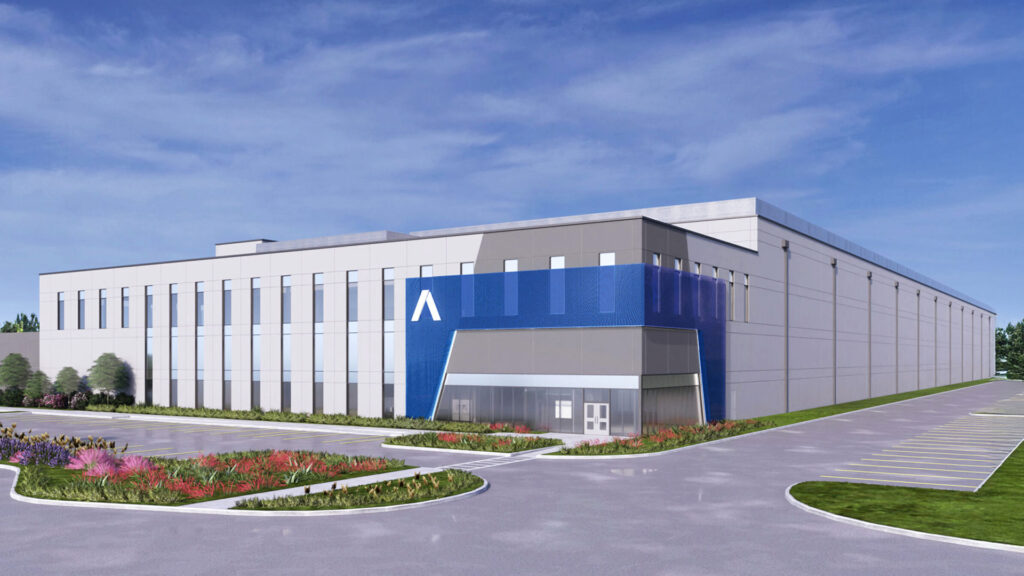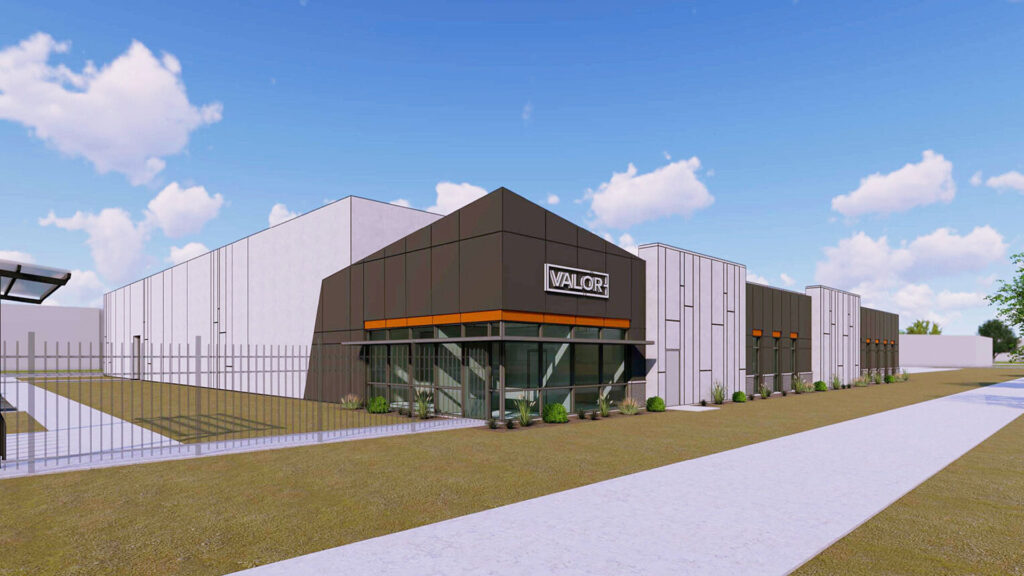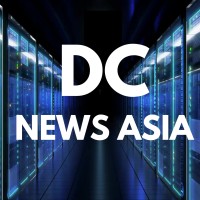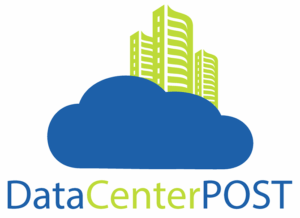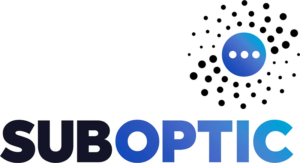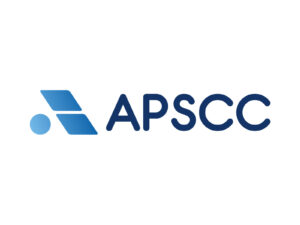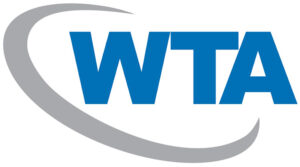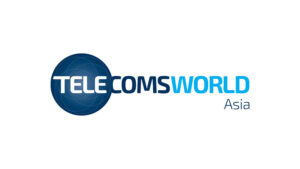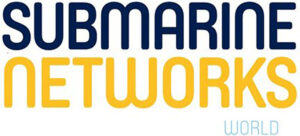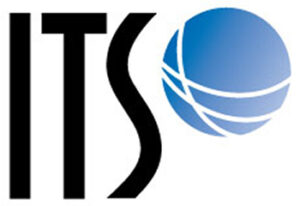Globalization. Consolidation. Customer service. It’s heady times in the international data center market and big secular trends are shaping the landscape. For Douglas Adams, President and CEO of RagingWire, now to be rebranded as part of NTT, the biggest secular trend of all is the push for globalization.

RagingWire President and CEO opines that customers will increasingly look for world-wide connectivity
Globalization. Consolidation. Customer service. It’s heady times in the international data center market and big secular trends are shaping the landscape. For Douglas Adams, President and CEO of RagingWire, now to be rebranded as part of NTT, the biggest secular trend of all is the push for globalization.
It’s a trend which probably explains why Japan’s NTT, RagingWire’s parent, is in the throes of launching a new Global Data Centers division. The consolidated company will pull in internationally related data center assets to become the world’s third-largest data center company, with over 160 data centers spanning more than 20 countries and regions. RagingWire, acquired in 2014 by NTT, is formally to become the hub of the new Americas business within NTT’s Global Data Centers division.
The move comes with several strategic benefits. “We now have the ability to provide complex global solutions for our customers, which is something that we flat out could not do before when our reach only extended across the U.S.,” Adams points out. “NTT has vast expertise in building technologically advanced data centers with low total cost of ownership (TCO) and high redundancy. NTT’s global presence supports and enables end-to-end solutions while offering flexibility for clients to balance their critical IT load across various locations.”
Adams says the strategy will create a powerful digital ecosystem seeing at once global reach and local expertise. “More data center customers are interested in leveraging technology to connect with customers in new markets around the world,” he suggests. “Customers need a provider that has multiple locations and a portfolio of solutions for them.”
He continues: “We’re able to accommodate much larger customers and handle their strategic business needs by connecting them to a global footprint of data centers. There’s a lot of interest in international markets such as Tokyo, Hong Kong, Frankfurt, Singapore, U.K., and there’s a lot of conversation about China now.”
NTT’s global data center platform has operations through RagingWire in key U.S. markets in Virginia, Northern California, and Texas, with expansion plans in place for Silicon Valley, Illinois, and the Pacific Northwest. In EMEA, NTT’s data center locations include London, Amsterdam, Frankfurt, Berlin, Munich, Vienna, Zurich, Madrid, and Johannesburg. In APAC, data center locations include Tokyo, Osaka, Hong Kong, Singapore, Cyberjaya, Bangkok, and Jakarta. In India, NTT has significant data center operations in Mumbai, Bangalore, Noida, and Chennai.
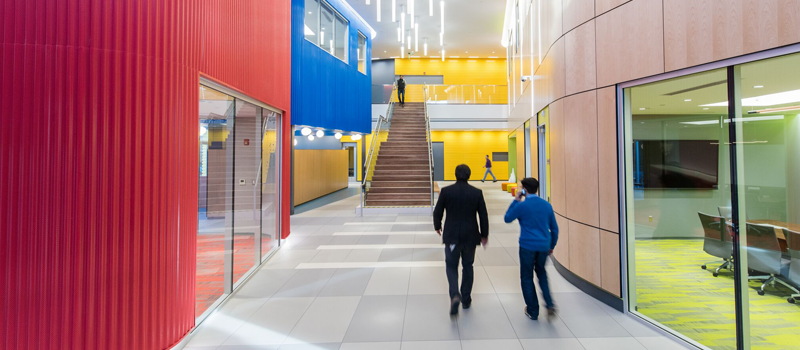
Is There a Data Center Colocation Boom in Progress?
Several years ago, data center customers were possibly underserved by too few colocation providers. But in response to strong customer demand over the last few years, there are now many companies offering colocation services.
Looking to the future, there are plausible reasons for continued data center growth, based on increasing needs for more data. “We see those needs as likely driven by AI, Internet of Things, machine learning, 5G, and so on,” Adams says. “All of those will eventually generate significant demand for colocation data center space.”
This current and future demand is spurring RagingWire to quickly build hyperscale facilities on its 78-acre campus in Ashburn, Virginia, as well as in California’s Silicon Valley, a historic tech area but one with very little data center supply. RagingWire is pushing the envelope on earthquake-resistant designs in Silicon Valley with its 16-megawatt data center in Santa Clara. That facility is being built with a sophisticated base isolation system that minimizes vibrations from seismic tremors.
Elsewhere around the U.S., RagingWire is continuing to build where customers want to be. The company’s 47-acre, 144-megawatt Hillsboro, Oregon campus will connect with several transpacific submarine cables (FASTER, TPE, TGN, Hawaiki, and New Cross Pacific) that reduce latency between the U.S. and high-growth Asian markets. In Dallas, Texas, RagingWire has opened a 16-megawatt data center that gained worldwide recognition for its trend-setting design, resiliency, and customer amenities. In Sacramento, California, RagingWire’s three data centers have run for years on renewable energy, which the company is now offering at its other locations as well. In Chicago, Illinois, the company is gearing up to build a pair of multi-story, 36-megawatt data centers.
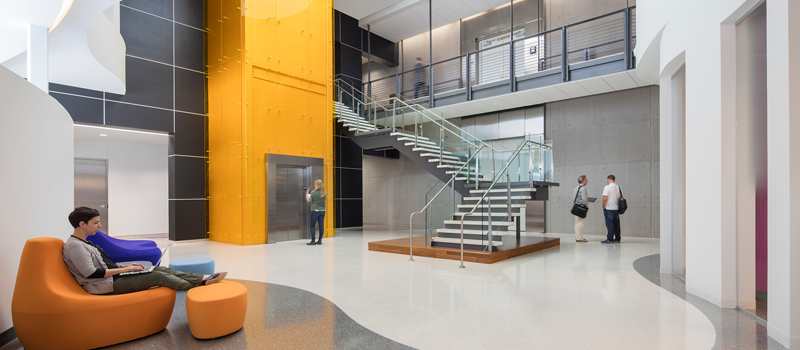
Is a New Data Center Landscape Emerging?
More broad trends are also evident. Consolidation has been a feature of some markets for some time and one that Adams expects to continue. The current U.S. picture still sees “more than a dozen players” in many metro areas, he points out. For RagingWire, consolidation is one trend that can be sat out as they are a stable part of one of the most financially strong companies in the world – NTT. “We are in a unique spot [in this dynamic] as we are not part of the consolidation trend anymore,” he comments. “That is why we are confidently building in all key markets to support long-term demand as a stable provider that is not going anywhere.”
Part of the consolidation picture, he says, is a trend toward scale and a “get big or get out” mentality. “The price of land is driving that perspective,” he muses. “Building upwards rather than sideways is the way to maximize your land investment, and that is leading to taller data center buildings with more square footage and power capacity.” That’s why RagingWire will be building two-story, 36-megawatt buildings going forward, compared to the one-story, 16-megawatt designs of years past.
The emerging landscape will force another focus, he suggests. Customer service is, and will remain, key for the Tier 1 data center operators. “Extraordinary customer service is always a differentiator in any industry,” Adams points out. “We’re a partner with our customers, we are committed to earning that title. When our customers need help doing a fit-out, or delivering some infrastructure – racks, cabinets, cable trays, bus bar, etc. – we have highly-trained, full-time team members that handle that for them. This frees up our customers to handle other tasks for their business.”
Some customer-facing ideas are already apparent. “Providers with global footprints allow data portability and the option of shifting leased capacity between markets around the world within the same provider,” he says. “Complexity is reduced and customers have a smoother experience all the way around.”
Another attack strategy is a facility build cycle sharply tailored to customer demand. “We use a pre-fabricated building technique. We build modules for the mechanical and electrical installation in a factory, and then we merge them,” Adams said. “That allows us to build at a pace that the large customers want.” He says the modular design approach allows for incremental increases in capacity and drives economies of scale.
Green issues matter too. Renewable energy provision is fast becoming a prominent feature of the landscape. “In some markets, renewable energy is more difficult to offer at a price that is commercially reasonable at this time,” he says, “but we can make it happen for a customer willing to work with us on costs.”
But in a globalized business, secular economic and political trends may also come to be determinant. “Trade issues impact everything eventually,” he points out, although he acknowledges how they play out is sometimes difficult to predict. “We make sure we have appropriate redundancy in our relationships with a broad array of suppliers, so our supply chain of data center equipment is not vulnerable to ripples in costs and availability.”

Leading With Visibility
The sheer pace and scale of all of this imposes remarkable demands on leadership. Adams sees regular communication and visibility inside the company as a non-negotiable imperative: “Our employees see me at quarterly all-hands meetings and on periodic video updates, as well as emails when appropriate. Around the office, I try to be as visible and accessible as possible.”
He continues: “[I actively] solicit input from employees and respond with action when appropriate. For example, we started using a real-time app for Q&A during our all-hands meetings.”
He emphasizes career progression, and a need to chart paths, for employees: “We’re very proud that through our long-term approach to valuing employees, we have a strong record of employees building skills during their time with us and then progressing down a career path of their choosing. Some have transferred from one department to another within our company and found new challenges to conquer that really ignited their careers.”




